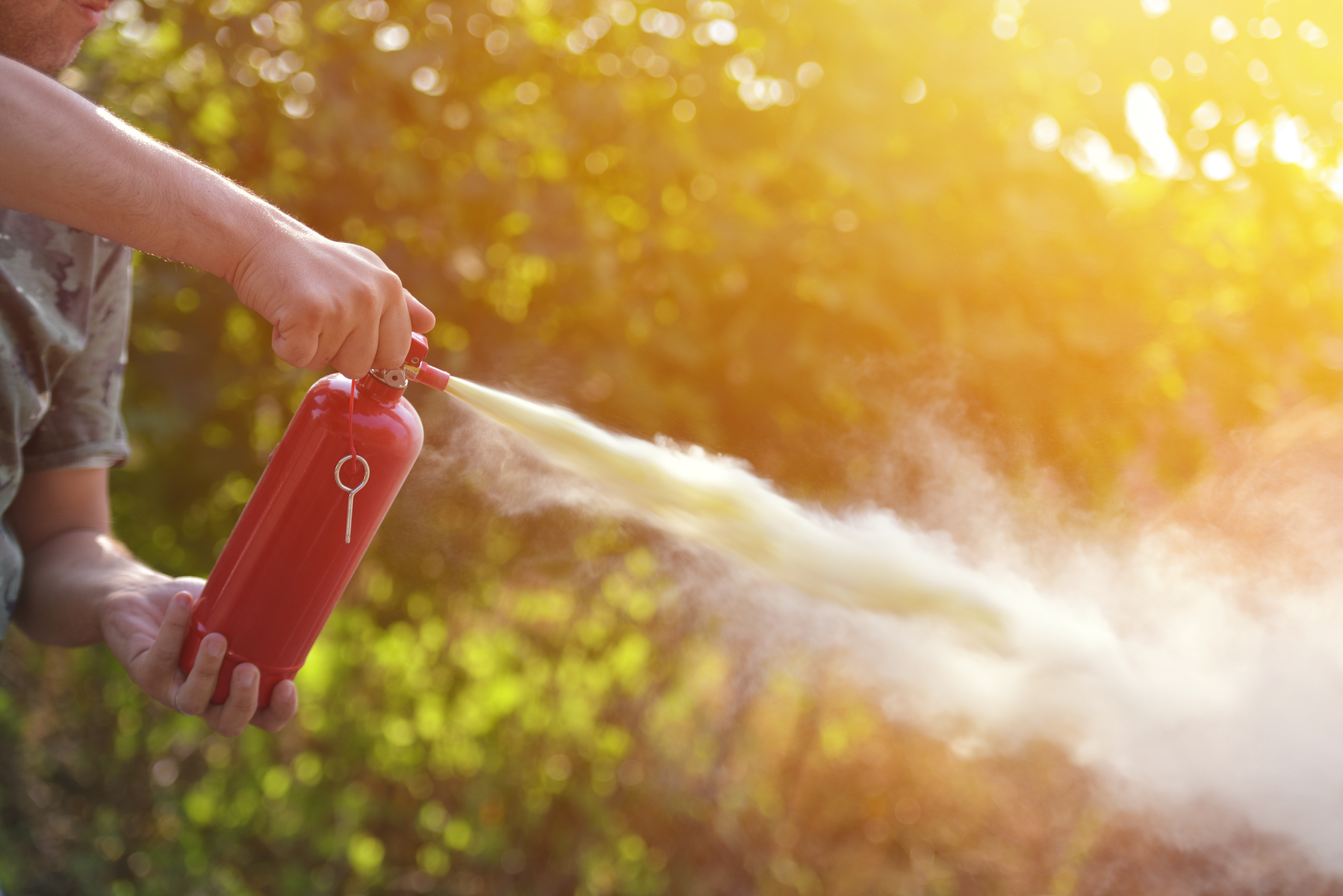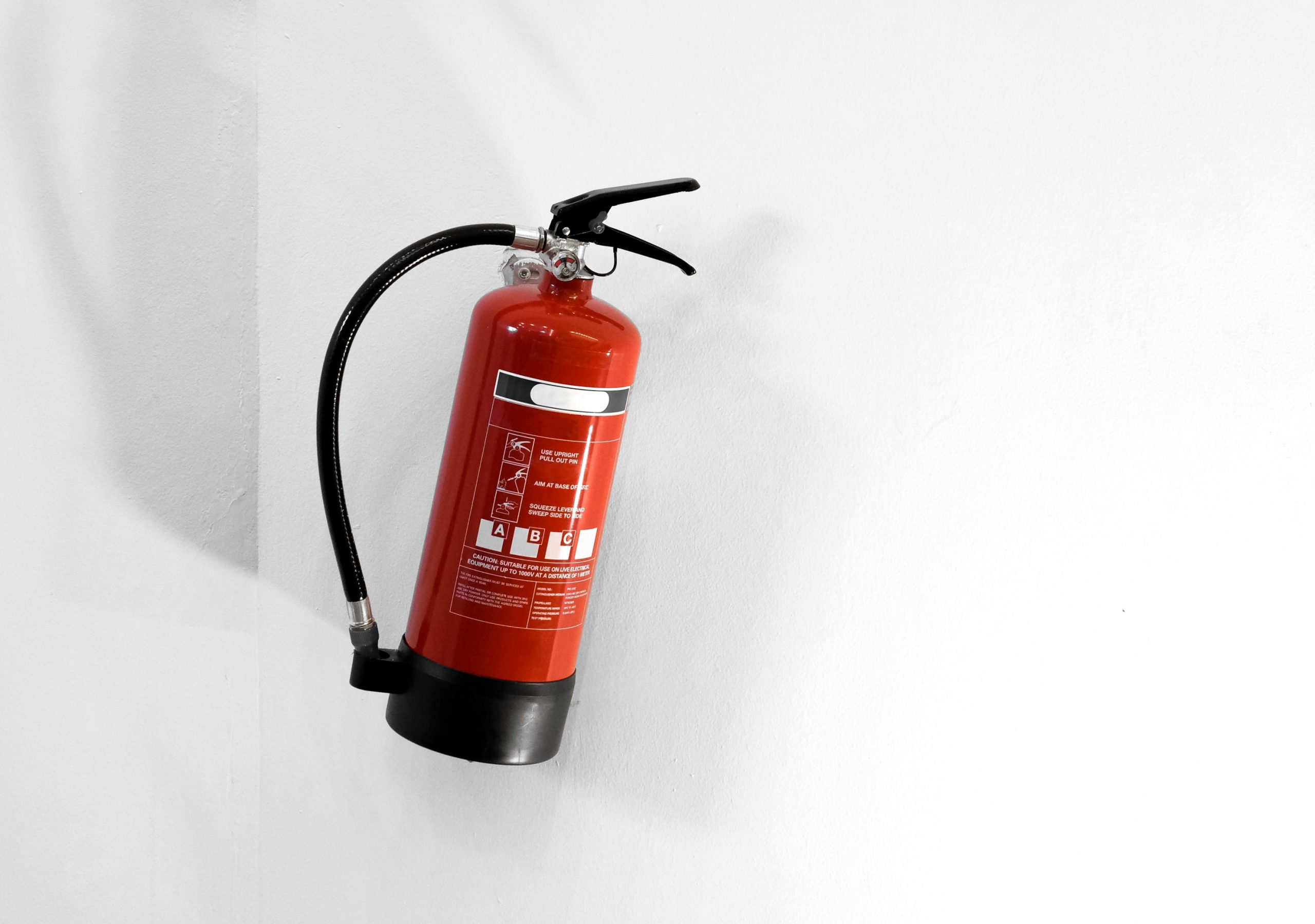Table of Contents

Classifications of fire extinguishers play a crucial role in fire safety, as each type is designed to combat specific fire hazards. Understanding these classifications can be the key to preventing accidents and ensuring a safe, effective response during an emergency. Not all fires are the same, and using the wrong extinguisher for a particular type of fire can make the situation worse. In this blog post, we’ll dive into the classifications of fire extinguishers and why being familiar with them can save lives.
The Importance of Fire Extinguisher Classifications
Fire extinguisher classifications are based on the type of fire they are designed to combat. Fires are categorized into classes depending on the fuel source—such as wood, flammable liquids, electrical equipment, and even cooking oils. Knowing the classifications of fire extinguishers ensures that you are equipped to respond effectively in an emergency, preventing the fire from spreading or escalating.
Using the wrong type of extinguisher for a particular fire can worsen the situation. For instance, using a water-based extinguisher on an electrical fire could lead to electrocution, or using one on a grease fire could cause the fire to spread. Hence, knowing which fire extinguisher classification to use is crucial for safety and efficient fire management.
The Different Classifications of Fire Extinguishers
There are five primary classifications of fire extinguishers, each designed to fight a specific type of fire. Here’s a breakdown:
1. Class A Fire Extinguishers (Ordinary Combustibles)
- Classification: Class A fire extinguishers are used for fires involving ordinary combustibles such as wood, paper, cloth, and some plastics.
- Why It’s Important: Most residential and commercial spaces contain these materials, making Class A extinguishers a staple in fire safety equipment. However, they should not be used on flammable liquids or electrical fires.
2. Class B Fire Extinguishers (Flammable Liquids)
- Classification: Class B extinguishers are designed for fires involving flammable liquids like gasoline, oil, grease, and paints.
- Why It’s Important: Flammable liquids can ignite quickly and spread rapidly, especially in industrial settings or garages. Using the wrong extinguisher on these fires can be disastrous, which is why it’s critical to know the classification.
3. Class C Fire Extinguishers (Electrical Fires)
- Classification: Class C fire extinguishers are specifically designed to deal with electrical fires, involving energized electrical equipment such as wiring, appliances, and circuit breakers.
- Why It’s Important: Using water-based extinguishers on electrical fires could lead to electrocution or cause a short circuit that spreads the fire. Class C extinguishers are non-conductive, making them safe for electrical fires.
4. Class D Fire Extinguishers (Metal Fires)
- Classification: Class D extinguishers are used for fires involving combustible metals such as magnesium, titanium, and sodium.
- Why It’s Important: Metal fires are rare but can occur in laboratories, factories, or specific industrial settings. Ordinary fire extinguishers are ineffective and potentially dangerous on these fires, making the proper classification essential for industrial safety.
5. Class K Fire Extinguishers (Cooking Fires)
- Classification: Class K fire extinguishers are designed for kitchen fires involving cooking oils and fats.
- Why It’s Important: Kitchen fires, especially in commercial settings, are often caused by high-temperature oils, which can reignite after being extinguished if the wrong type of extinguisher is used. Class K extinguishers are specifically formulated to prevent re-ignition by creating a layer that cools and smothers the fire.
Why Knowing Fire Extinguisher Classifications Matters in Emergencies

In the heat of an emergency, every second counts. A delay in choosing the right extinguisher or, worse, using the wrong one, can turn a small fire into a deadly blaze. Here’s how understanding the classifications of fire extinguishers can save lives:
1. Minimizing Fire Damage
When the correct extinguisher is used, it stops the fire from spreading. For instance, using a Class B extinguisher on a grease fire in a kitchen can prevent it from engulfing the entire space. On the other hand, using a water-based extinguisher would cause the fire to spread, increasing the risk of injury and damage.
2. Preventing Personal Injury
Misusing an extinguisher could lead to serious injury. Electrical fires are particularly dangerous because they pose the risk of electrocution. A Class C fire extinguisher, designed to fight electrical fires safely, can prevent such hazards. In contrast, using a water-based extinguisher would not only fail to put out the fire but could also put the person using it at risk.
3. Effective Emergency Response
A fire extinguisher is often the first line of defense in an emergency. Having a clear understanding of the classifications allows for swift and accurate decision-making under pressure. For businesses, especially those with large numbers of employees, training staff on the proper use of different fire extinguisher classifications ensures that someone is prepared to respond effectively before the fire department arrives.
4. Compliance with Safety Regulations
In many industries, having the correct type of fire extinguishers is not only a safety measure but a legal requirement. Being familiar with fire extinguisher classifications ensures compliance with safety codes and regulations, which vary depending on the environment (e.g., kitchens, warehouses, office spaces).
Conclusion
Fires can start in an instant, and the best way to be prepared is to understand the classifications of fire extinguishers and how each one is used. Having the right fire extinguisher on hand is only half the battle; knowing which one to use in different fire scenarios can prevent further injury, save lives, and minimize damage.
Whether at home, in the office, or in an industrial setting, make sure you and your team are familiar with the different classifications of fire extinguishers. It’s not just about having the right tools—it’s about using them correctly when it matters most. Ultimately, understanding these classifications can turn a potential tragedy into a manageable situation, ensuring that everyone involved stays safe.
Be proactive and make fire safety education a priority by learning about and sharing the knowledge of fire extinguisher classifications. It could one day save your life—or someone else’s.
Fire Extinguishers and Fire Damage Restoration
Even with the best fire extinguishers, sometimes fires can’t be fully contained, leading to extensive property damage. That’s where professional fire damage restoration services come in. If you’ve experienced a fire in your home or business, our expert team can help you recover and restore your property to its pre-fire condition.
We specialize in cleaning soot, removing smoke odors, and repairing structural damage. Whether the fire was small or devastating, our fire damage restoration services ensure that your property is safe, clean, and fully restored. Don’t let fire damage linger—contact us today to get your property back to normal and protect your home or business from further damage.
Call +1 305 894-4343 now for fast, reliable fire damage restoration services!



 PuroClean of Coral Gables
PuroClean of Coral Gables